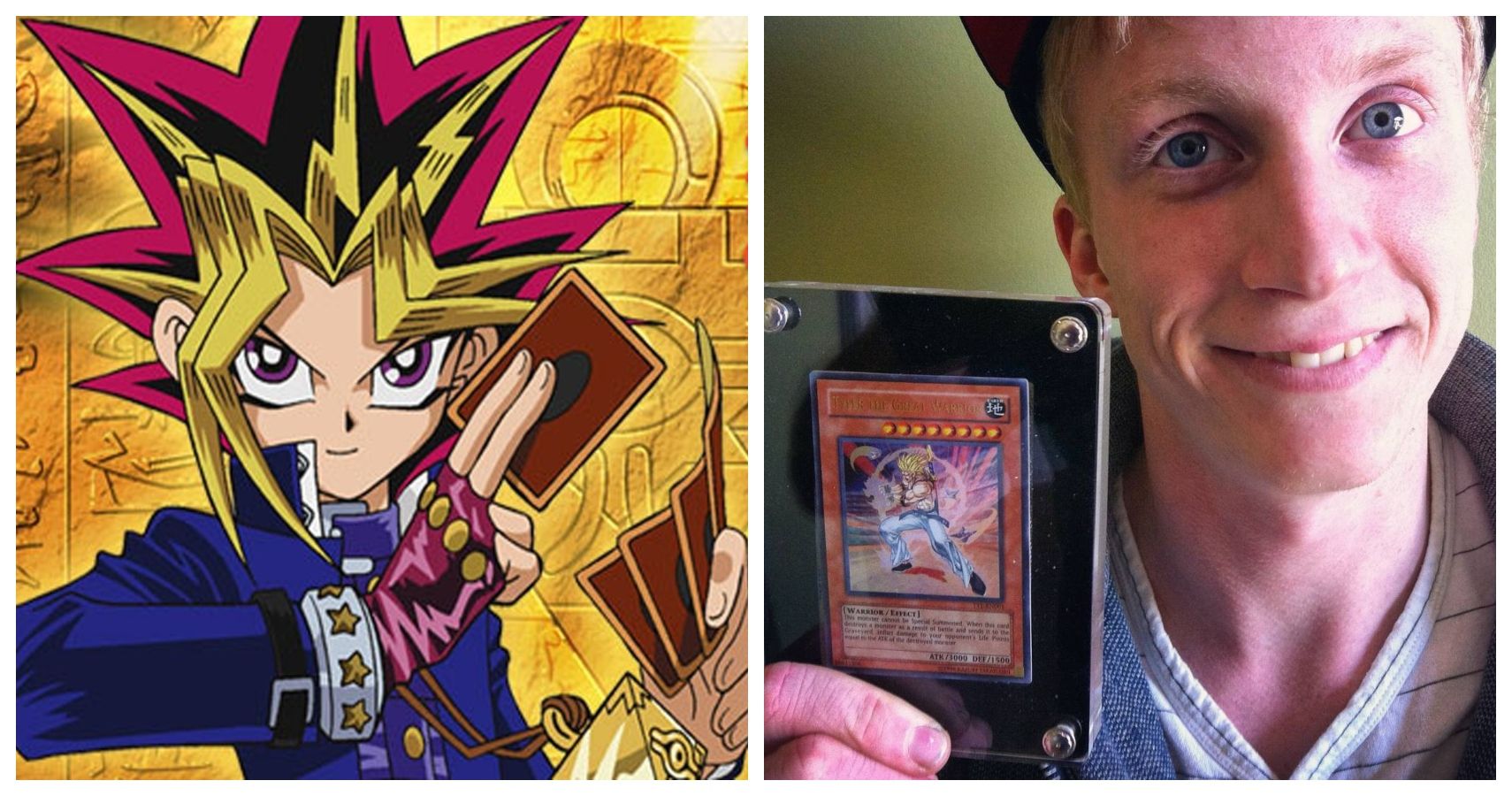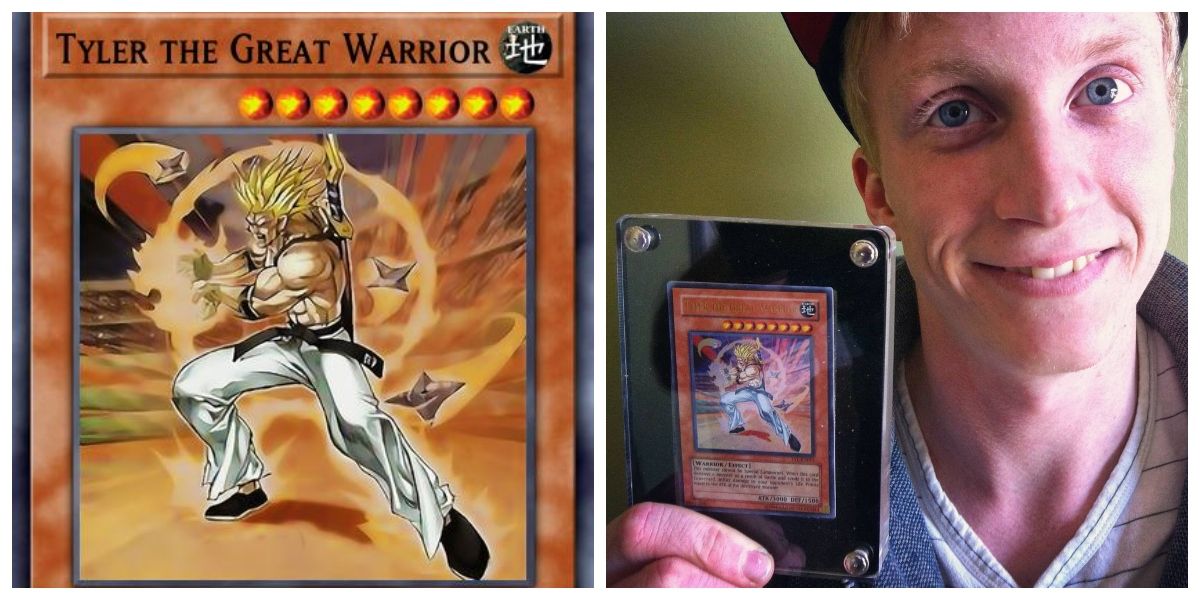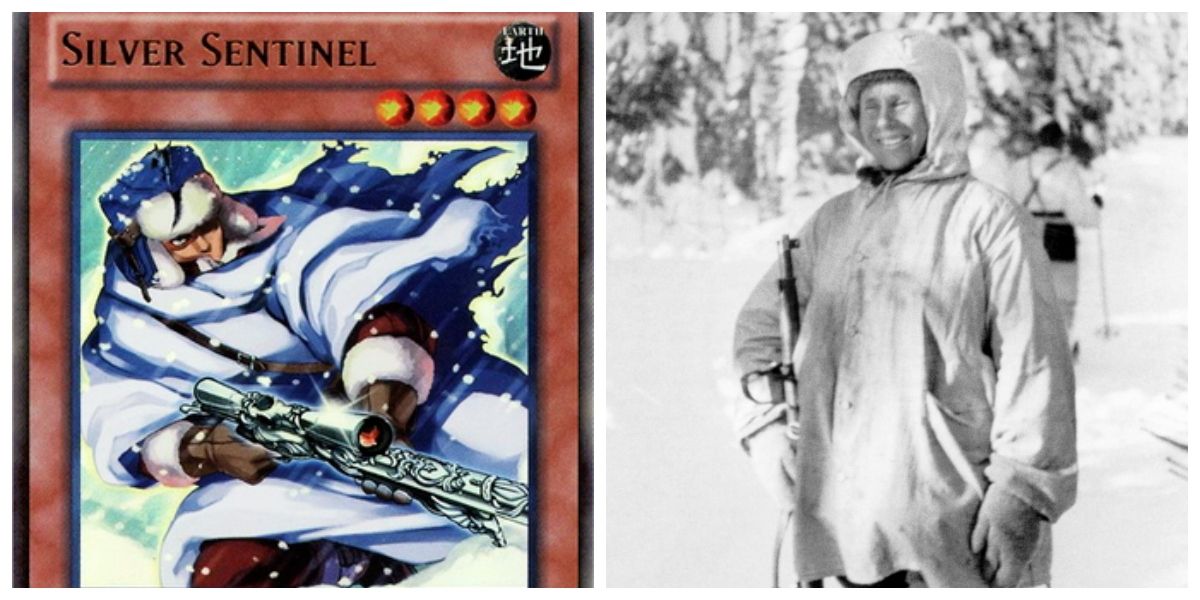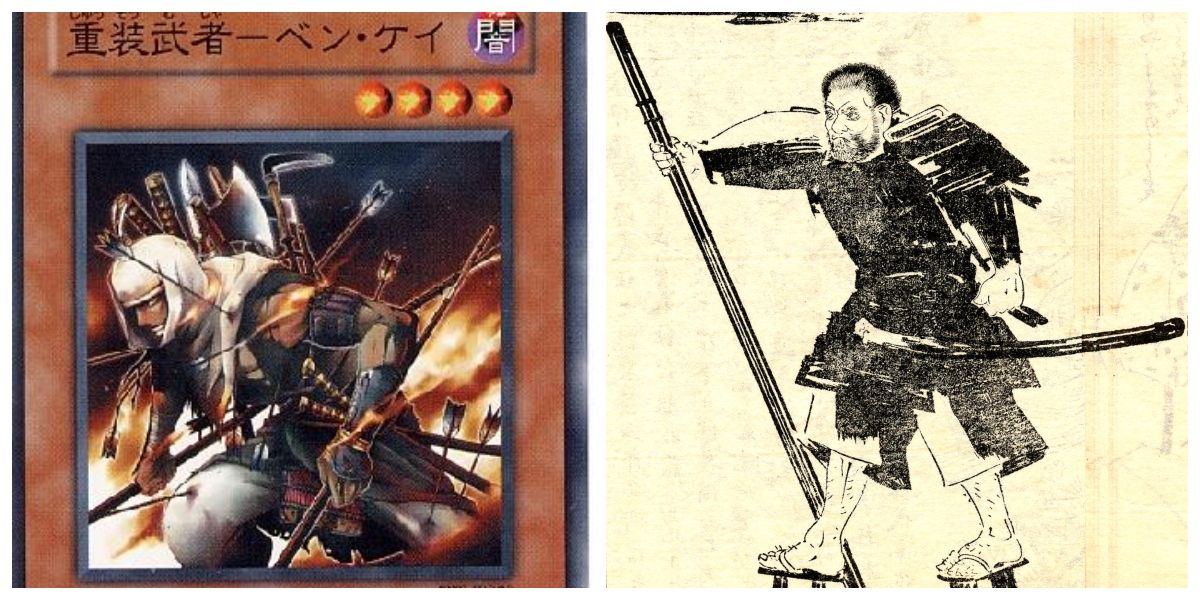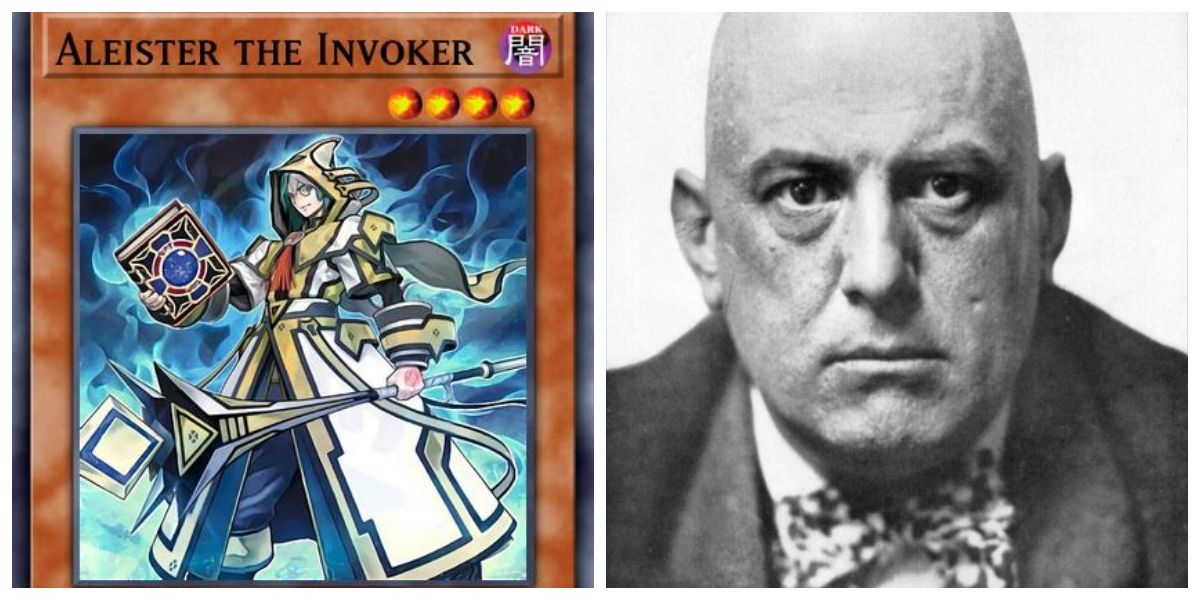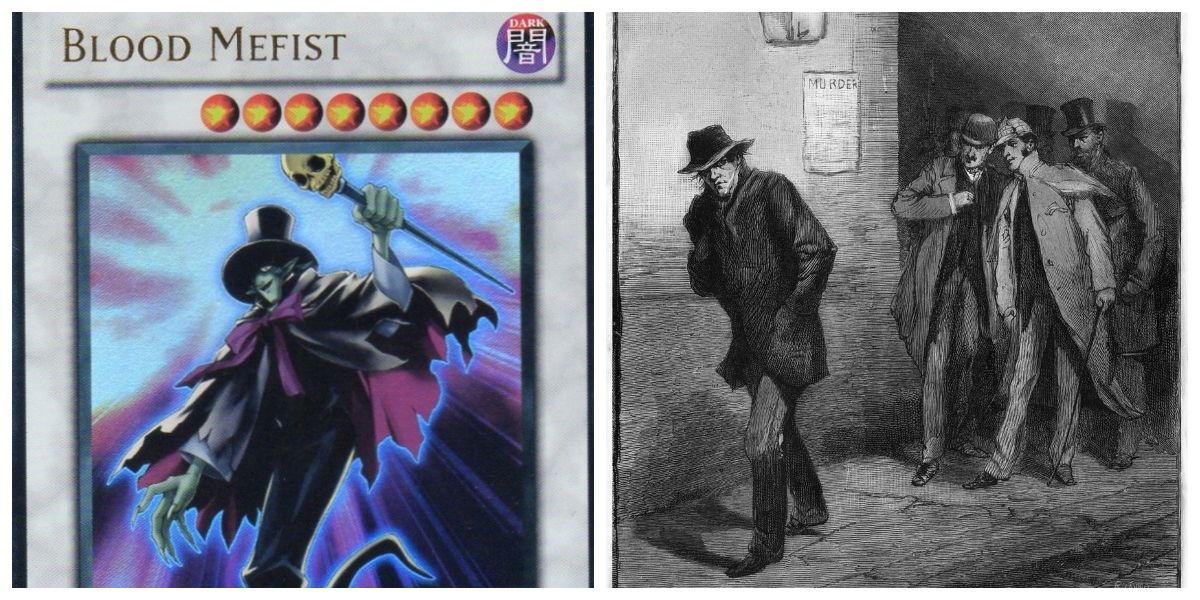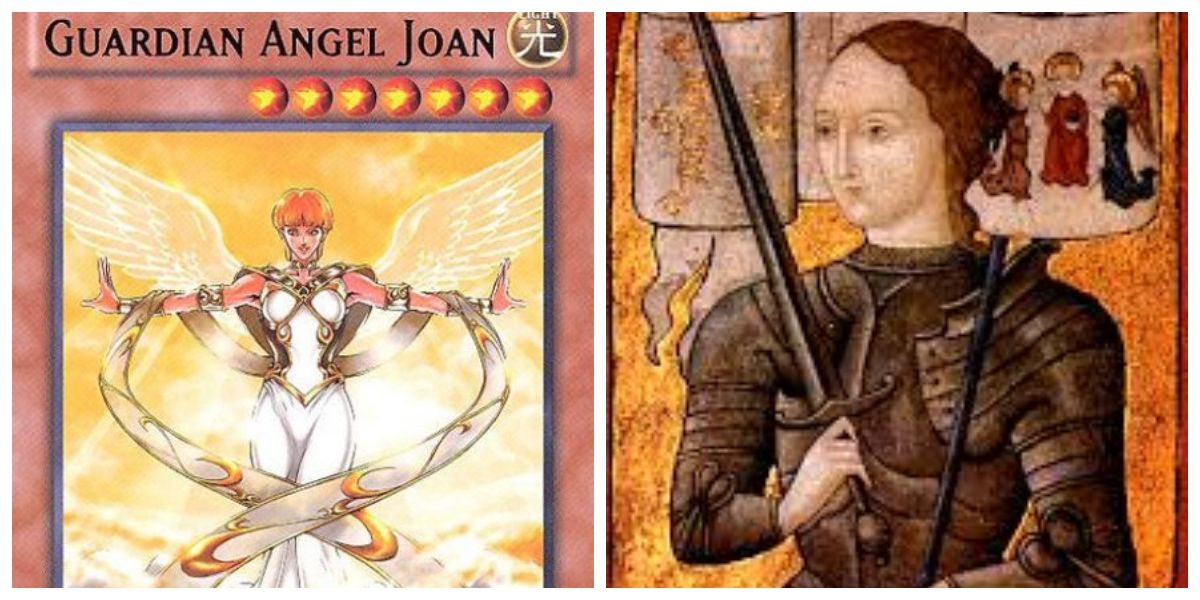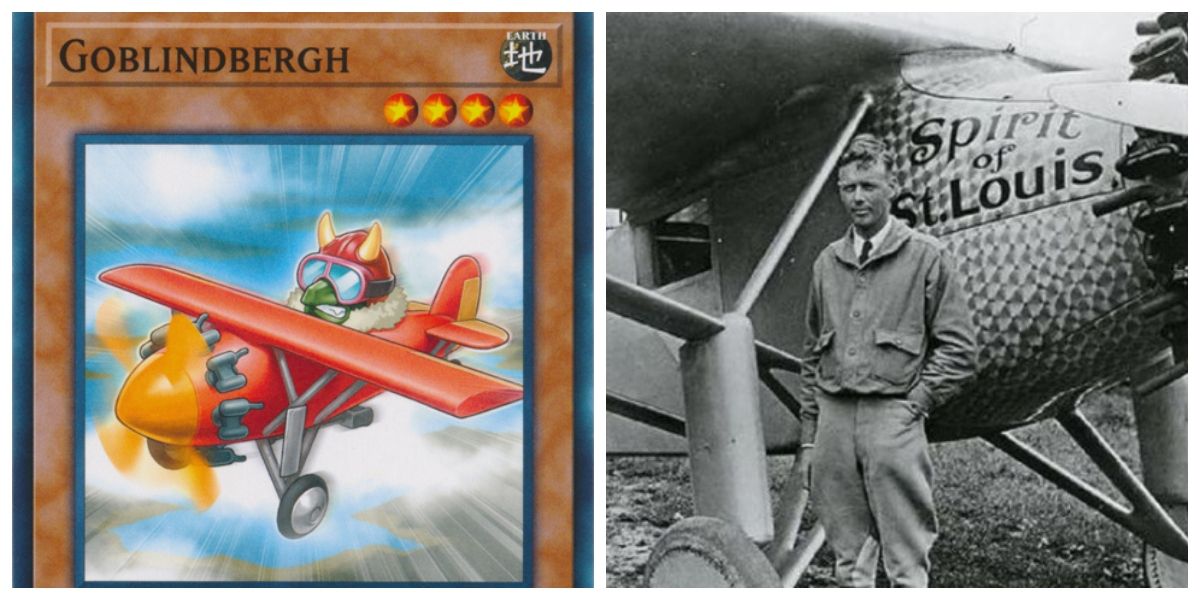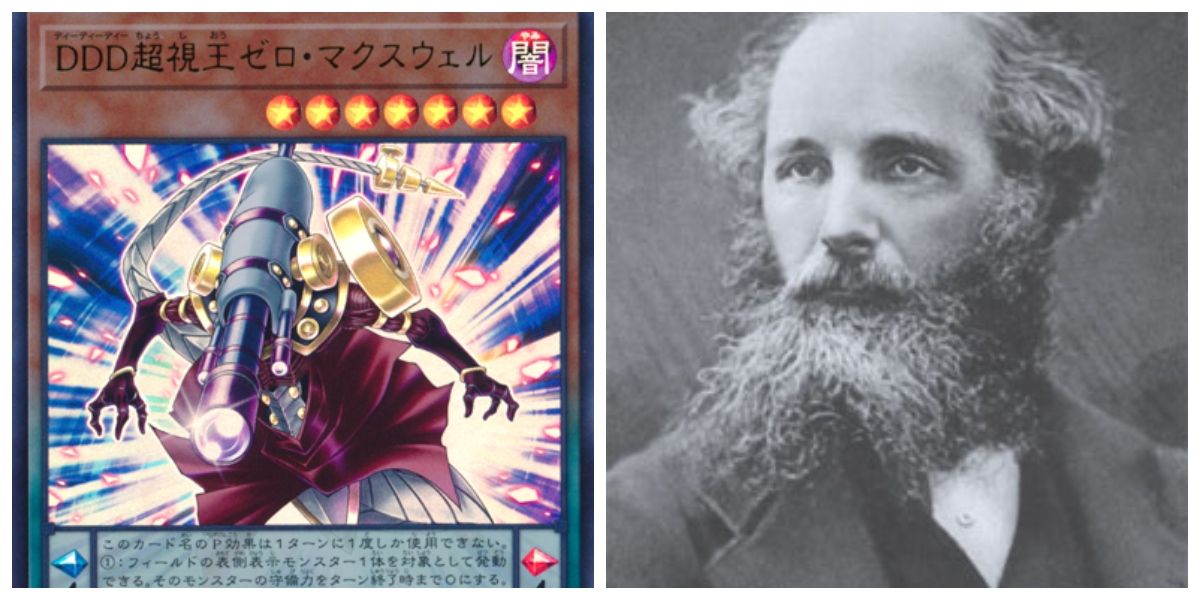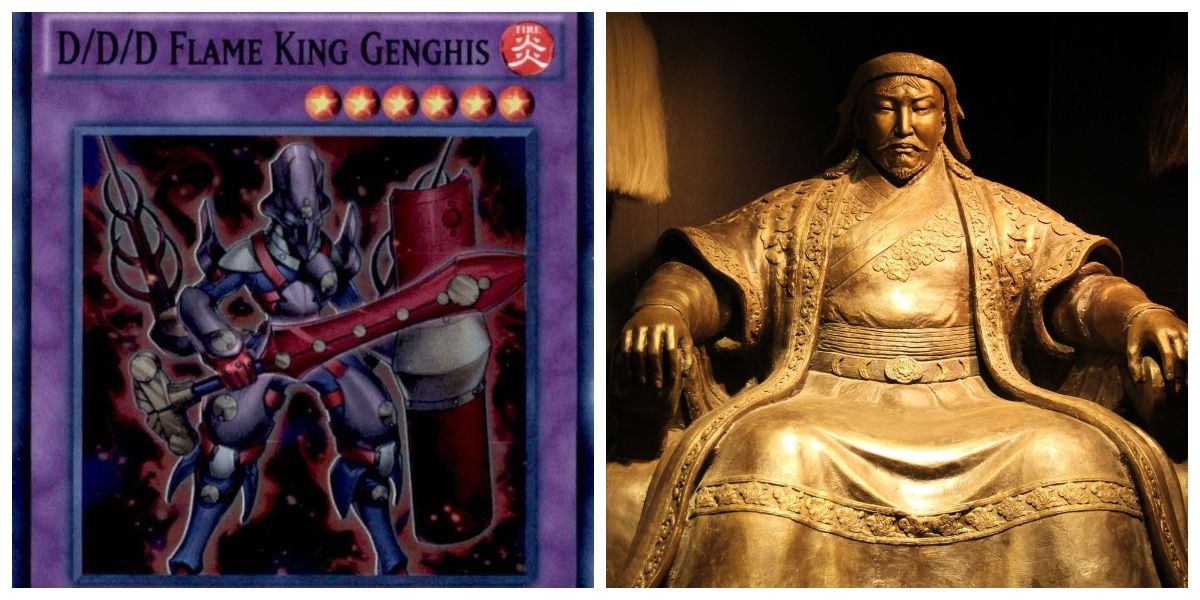The entire Yu-Gi-Oh! franchise has often sought inspiration from various forms of media or figures in real life. This is particularly true in the real-life trading card game Yu-Gi-Oh: Duel Monsters from Konami. Many of the monster cards, spell cards, trap cards… etc. are based on Japanese folklore, international mythology, or world history. While some Duel Monsters cards wear their inspiration on their sleeves, others are far more subtle with their real-world influences.
Listed below are 10 examples of Yu-Gi-Oh! trading cards that are based on real people. Some inspirations from the game come from important historical figures, while others are famous for overcoming adversity. There are also influencers who have grown into mythological figures over the course of history.
10 Tyler the Great Warrior
Tyler the Great Warrior is a Duel Monster card inspired by liver cancer survivor Tyler Gressle. Gressle was only 14-years old when he was diagnosed with the rare form of liver cancer known as undifferentiated embryonal sarcoma. 25 percent of Tyler’s liver (six inches of large intestine and gallbladder) was removed. Following a successful recovery, Tyler was rewarded for his hardships with the opportunity to design a Yu-Gi-Oh! Card, courtesy of the Make-a-Wish Foundation. Tyler designed Tyler the Great Warrior after Future Trunks from Dragon Ball Z.
9 Silver Sentinel
The Yu-Gi-Oh! card called the Silver Sentinel is based on a famous French sniper named Simo Hayha. Hayha, nicknamed “White Death,” is credited with killing over 500 men during the 1939-40 Winter War. That’s the highest number of sniper kills ever recorded in any major war. While Hayha used the Finnish-produced M/28-30 rifle for his kills, the Silver Sentinel is seen with a rifle that resembles a Remington 700.
8 Armed Samurai - Ben Kei
Armed Samurai - Ben Kei is inspired by the Japanese warrior monk Saito Musashibo Benkei, or Benkei, as he is commonly referred to. Benkei lived during the latter years of the Heian Period (794–1185) and served Minamoto no Yoshitsune, a military commander of the Minamoto clan of Japan, after losing to him twice in a duel.
While Benkei was famous for his incredible strength, it was his death that made him a legend. Benkei and Yoshitsune ultimately met their end at The Battle of Koromo River, but, before their demise, Benkei protected his lord from enemy soldiers. Anyone who came in close contact with Benkei was instantly killed, which prompted enemy soldiers to launch arrows at Benkei until he died. After the battle was over, Benkei’s arrow-riddled body was discovered standing upright, suggesting he died while standing up. This became known as the “standing death.” The Japanese artwork of Armed Samurai - Ben Kai depicts the monster in the same “standing death” pose as Benkei.
7 Aleister the Invoker
The name of the spellcaster card, Aleister the Invoker, derives from the Aleister Crowler, an English occult practitioner who lived from 1875-1947. On top of being an occultist, Crowler was a ceremonial magician, poet, painter, novelist, and mountaineer. He was also the founder of the religion of Thelema. Another monster card that invokes the name of Crowler is Crowley, the First Propheseer, who is an older version of Aleister the Invoker.
6 Blood Mefist
Blood Mefist, or Crimson Mefist in the English anime dub of the Yu-Gi-Oh! series, is based on the infamous serial killer Jack the Ripper and the ugly legacy he left behind. A staple in pop culture and English folklore, Jack the Ripper was the infamous killer of the East End of London who mutilated female prostitutes in 1888.
While there are still debates on how many of the gruesome murders of that era were personally committed by Jack the Ripper, his victims usually had their throats severed by two cuts and their abdomen ripped open, exposing their intestines. While the Duel Monster’s 19th-century attire is based on Jack the Ripper, its name is based on the demon Mephistopheles from the German folklore Faust.
5 Guardian Angel Joan
Guardian Angel Joan, a light fairy type monster card, is inspired by the French heroine known as Joan of Arc. Nicknamed "The Maid of Orléans,” Joan of Arc is famous for leading France to victory against the English during the Lancastrian phase of the Hundred Years' War. Joan of Arc achieved victory with no military training and claimed her visions from God showed her leading France in its long-running battle against England.
While she was burned for alleged use of witchcraft by the Anglo-Burgundian forces at the age of 19, she became a popular evangelical figure and was canonized by Pope Benedict XV in 1920. The Yu-Gi-Oh! card plays up the religious angle by depicting Joan of Arc as a literal angel with great wings and a heavenly halo.
4 Goblindbergh
At first glance, the monster card Goblindbergh doesn’t look like any real-life human being at all. (If anything, the goblin pilot is reminiscent of the anthropomorphic pig pilot from Porco Rosso). However, its name is a portmanteau of the word “goblin” and "Lindbergh.” Where does the “Lindberg” come from? It comes from American aviator Charles Lindbergh, who was the first pilot to fly solo across the Atlantic Ocean in 1927 on his monoplane, the Spirit of St. Louis. Goblindbergh can also be seen in the spell card Spirit Foresight.
3 Supersight King Zero Maxwell
Supersight King Zero Maxwell is based on Scottish scientist James Clerk Maxwell, who formulated the classical theory of electromagnetic radiation. Electromagnetic radiation brought together electricity, magnetism, and light as different manifestations of the same phenomenon for the first time ever.
While naming inspiration is obvious, Supersight King Zero Maxwell was also inspired by Maxwell’s thought experiment, “Maxwell's demon,” as its card owner, Reiji Akaba from the Yu-Gi-Oh! ARC-V manga, would be able to perform the "impossible action" of violating the second law of thermodynamics.
2 Wave King Caesar
As you may have guessed by its name, Wave King Caesar is named after the famous Roman dictator and military general, Gaius Julius Caesar. This isn’t just the English translators at Konami being clever with the interpretations of these Yu-Gi-Oh! cards. Wave King Caesar is the first Duel Monster to use「シーザー」, the anglicized pronunciation of "Caesar" read as "see-zar" in its Japanese name. Other monster cards in the game used「カイザー」, the original German/Roman/Greek pronunciation of "Caesar," read as "kai-zer.” Also, Caesar’s history in the Navy is also why this monster’s element is water.
1 Flame King Genghis
Last, but not least, the fire-attribute monster Flame King Genghis is named after the infamous Mongolian warrior-ruler Genghis Khan. Its Japanese name, "Temujin," is a reference to Khan’s birth name. Khan was one of the most famous conquerors in the world. He united Mongolia and launched invasions from Asia to the Adriatic Sea to create the largest contiguous empire in history.
The Duel Monster’s upgraded form, Flame High King Genghis, sports four arms like the four-armed Tibetan form of Avalokiteśvara from Buddhism. This could be a reference to Khan conquering Tibet in the 13th century, which resulted in Buddhists serving the Mongol Empire.

